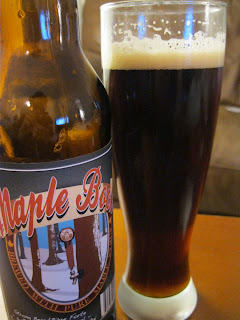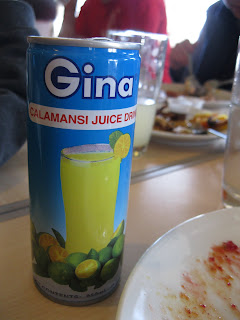 Let's put the price of this meat in perspective: I can get organic chicken for $4/lb. I can get chorizo sausage for $3/lb, and pork tenderloin for $2/lb. If I got out on a limb, I'll get a filet mignon for $15/lb. I used to be in the food business - I carried the most expensive item on almost all of my clients' deli counters. They would retail my product for around $17/lb.
Let's put the price of this meat in perspective: I can get organic chicken for $4/lb. I can get chorizo sausage for $3/lb, and pork tenderloin for $2/lb. If I got out on a limb, I'll get a filet mignon for $15/lb. I used to be in the food business - I carried the most expensive item on almost all of my clients' deli counters. They would retail my product for around $17/lb. How much is Iberian Ham de Bellota? I paid over $600 per pound ($611 to be exact, but what's a few dollars between friend and butcher)!!! Sure, I might have been ripped off, but keep in mind that until 2007, it wasn't even available in the US. So as I got my hands on some, I'm not really complaining.
What are my thoughts?
The first thing you notice is how incredibly oily it is. The whole piece of meat glimmers almost like it's made from fine Italian marble. You also notice the marbling of the meat,with large rivers of fat running through it. The smell... unequivocally pork.
Now when you put it in your mouth, the texture hits you - it is almost buttery. If you have been so fortunate as to have experienced tuna belly, then you'll recognize that the texture is pretty close to that. Enter the flavour - a very rich bone soup floats on the tongue and inner cheek, followed by a finale of warm sea salt.
I'll be honest, I got weak knees, and man did that feel good. Today, recall, is Day 28 of my quest, and as I started to lose hope that I would ever come close to my quintessential food, my morale has been revived - I think Iberian ham makes the short list.
I have gotten one step closer, and take a deep breath, hope revived, and ready for more. I continue down the road - it will be a long journey, but one that must be made.
On Iberian Ham de Bellota:
Jamón ibérico, Iberian ham, also called pata negra, is a type of cured ham produced mostly in Spain, but also in some Portuguese regions where it is called presunto ibérico. It is at least 75% black Iberian pig, also called pata negra (literally, black leg). According to Spain's Denominación de Origen rules on food products, the jamón ibérico may be made from cross-bred pigs as long as they are at least 75% ibérico.
Immediately after weaning, the piglets are fattened on barley and maize for several weeks. The pigs are then allowed to roam in pasture and oak groves to feed naturally on grass, herbs, acorns, and roots, until the slaughtering time approaches. At that point the diet may be strictly limited to acorns for the best quality jamón ibérico, or may be a mix of acorns and commercial feed for lesser qualities.
The hams from the slaughtered pigs are salted and left to begin drying for two weeks, after which they are rinsed and left to dry for another four to six weeks. The curing process then takes at least twelve months, although some producers cure their jamones ibéricos for up to 48 months.
The hams are labeled according to the pigs' diet, with an acorn diet being most desirable:
The finest jamón ibérico is called jamón ibérico de bellota (acorn). The exercise and the diet has a significant impact on the flavor of the meat; the ham is cured for 36 months.



































